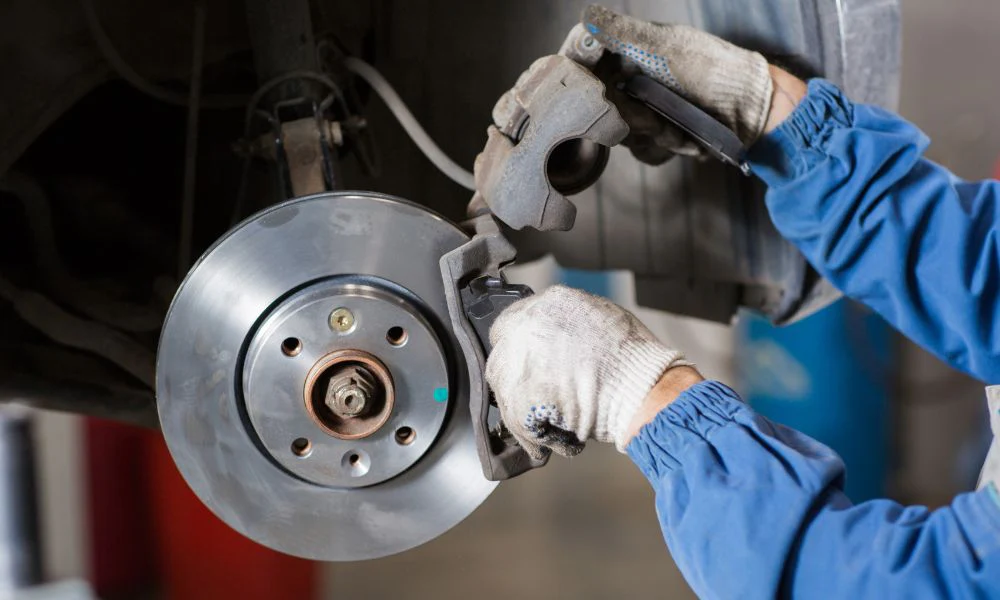Finding a new car can often seem daunting, but for Rancho Cordova, California residents, the ideal set of wheels could be nearer than you believe. The local used automobile market provides a wide range of choices to suit different demands and budgets. Whether you’re a first-time buyer, an expanding family, or just searching for a dependable and reasonably priced car, checking through the used cars in rancho cordova inventory in your area might help you find your next fantastic ride.
A Varied Choice in Your Area
Rancho Cordova has a dynamic used automobile market with a broad range of cars on hand. The local ads usually include something for everyone, from fuel-efficient tiny vehicles ideal for commuting to roomy SUVs excellent for weekend excursions and even strong trucks for business or pleasure. You may discover older, cheaper choices, contemporary models with modern amenities, or low-mileage cars. Dedicating time to investigate the inventory from different local private sellers and dealerships will surely provide you many options to think over.
Smart Savings, Smart Decisions
Choosing a used automobile in Rancho Cordova might be a wise economical choice. Pre-owned cars usually have a cheaper purchasing price than their brand-new equivalents, so you may save quite a lot up front. Used automobiles also tend to lose value more slowly, which means your investment may retain its value more over time. Apart from the first cost reductions, you may discover that used cars have cheaper insurance rates and registration costs.
Advice on a Good Search
Finding a used automobile in Rancho Cordova calls for a deliberate strategy. Start your search online to gauge the available inventory and cost. Based on your preferences—such as body type, mileage, and features—use online markets and dealership websites to narrow your search. Once you have found several possible cars, plan test drives and closer inspections. Your examination should focus on the vehicle’s condition both inside and outside. Before deciding, don’t be afraid to request maintenance documents from the seller and think about having a reliable mechanic check the car.
This area is where your next adventure begins
Finding the appropriate used cars in rancho cordova need not be a difficult chore. A dependable and reasonably priced automobile may be found right in your own neighborhood with little study, thorough inspection, and a clear understanding of your requirements and budget. The local used automobile market is a good starting point for your search, given the variety and possibility for notable discounts. Explore the possibilities, get ready to start your next journey with your newly discovered ride in Rancho Cordova, and take the first step.














